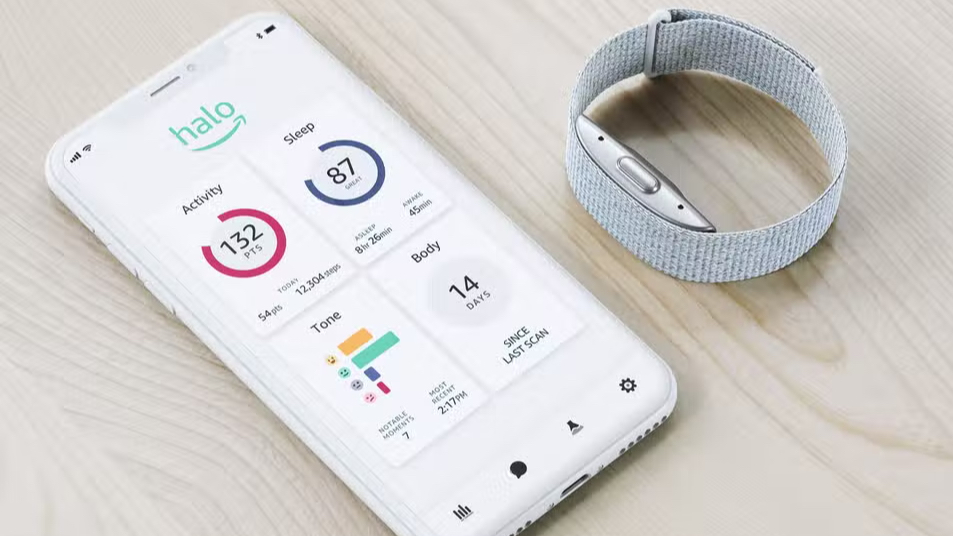A team of academics at Cardiff University has built a 3D printer using Lego and are now encouraging other labs to use its blueprint.
In an article published on news website The Conversation, lecturers at Cardiff University’s School of Pharmacy and Pharmaceutical Sciences called on others to use Lego in their 3D printing projects.
The team, comprised of lecturers Chris Thomas, Sion Coulman, and Oliver Castell, explained that 3D bioprinting requires loading ‘bio-ink’, which contains living cells, into a cartridge. Having been programmed, the bioprinter prints 3D structures that aim to replicate the complex formation of biological tissue.
The team wrote that to get around the “eye-wateringly high cost” around building such machines, they decided to do so by using Lego.
Beyond Lego being cheap and versatile, it is also manufactured to very high precision with standardised parts that are globally accessible, the team said.
At £500 to build, the team’s Lego bioprinter is now being used to create layers of skin cells and working towards a full-scale skin model. The team noted that it can also be modified by using different types of nozzles to print different types of cells, enabling a variety of complexities to be built into the tissue samples it generates.
The team believes the printer and its resultant structures could help researchers to see how skin diseases progress and how potential treatments could be developed.
To help with future research, the team shares that it has provided details - available online - around how they built the Lego 3D bioprinter, featuring clear instructions on how to reconstruct the device in any lab, anywhere in the world.
Latest News
-
Regulators failing to protect UK from AI risks in finance, warn MPs
-
Confidence in AI’s ability to improve corporate finances is low, finds PwC research
-
HSBC launches AI chatbot for legal department
-
JD Sports rolls out RFID to modernise inventory management across Europe
-
EU plans to bar Huawei and ZTE from critical infrastructure networks
-
Britain to use Ukrainian anti-drone warfare tactics to secure prisons
The future-ready CFO: Driving strategic growth and innovation
This National Technology News webinar sponsored by Sage will explore how CFOs can leverage their unique blend of financial acumen, technological savvy, and strategic mindset to foster cross-functional collaboration and shape overall company direction. Attendees will gain insights into breaking down operational silos, aligning goals across departments like IT, operations, HR, and marketing, and utilising technology to enable real-time data sharing and visibility.
The corporate roadmap to payment excellence: Keeping pace with emerging trends to maximise growth opportunities
In today's rapidly evolving finance and accounting landscape, one of the biggest challenges organisations face is attracting and retaining top talent. As automation and AI revolutionise the profession, finance teams require new skillsets centred on analysis, collaboration, and strategic thinking to drive sustainable competitive advantage.
© 2019 Perspective Publishing Privacy & Cookies








Recent Stories